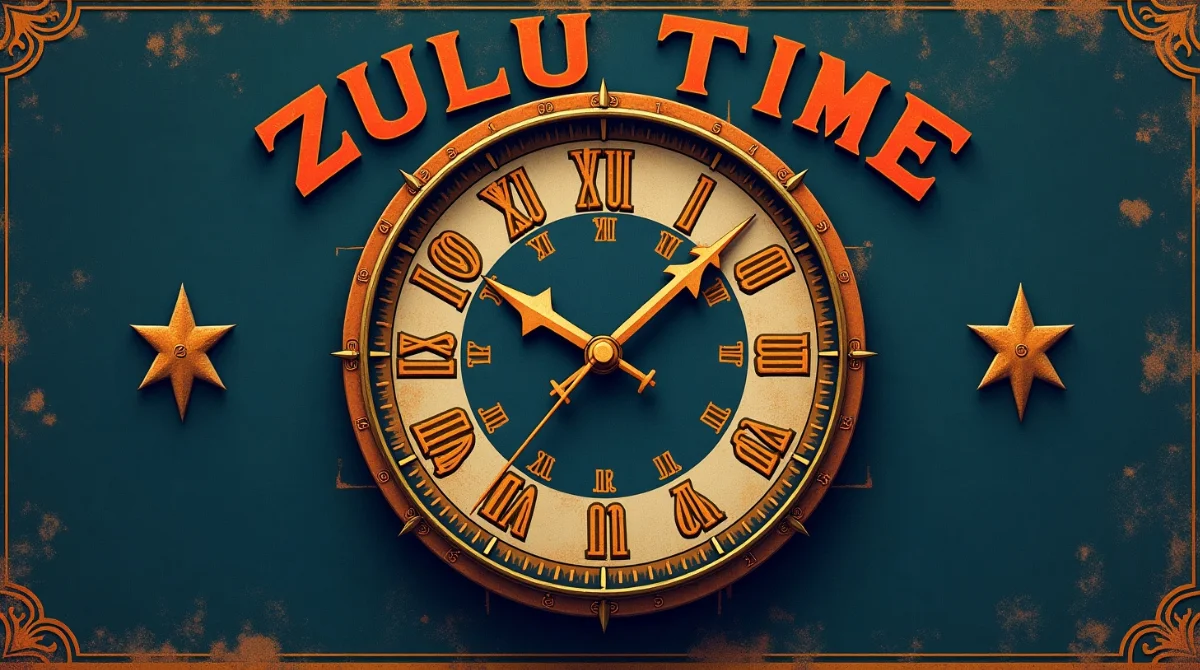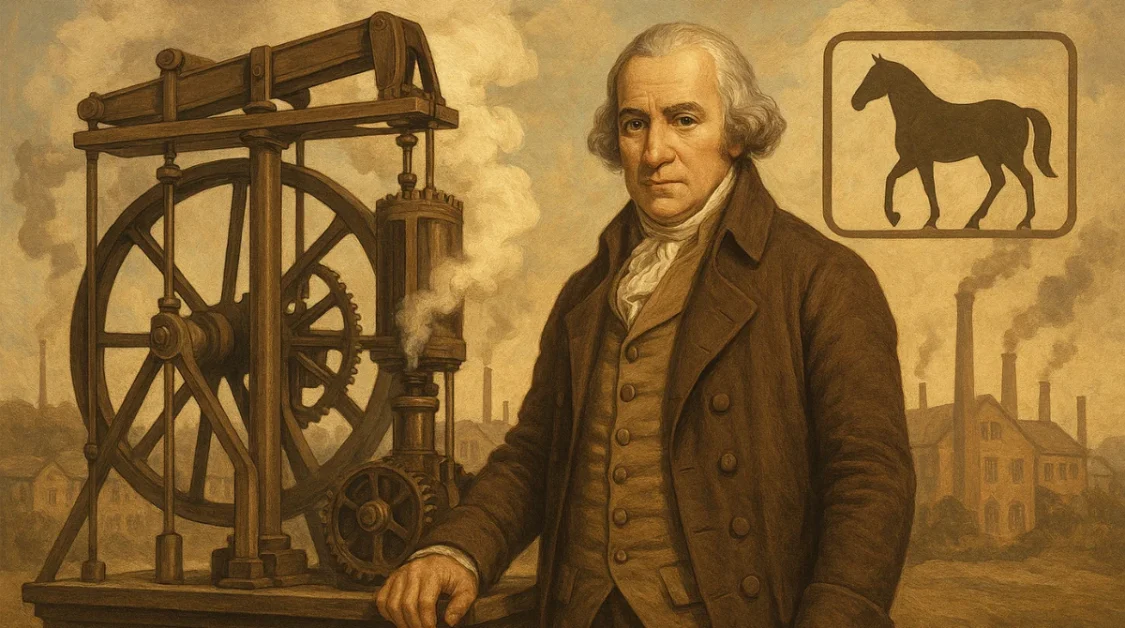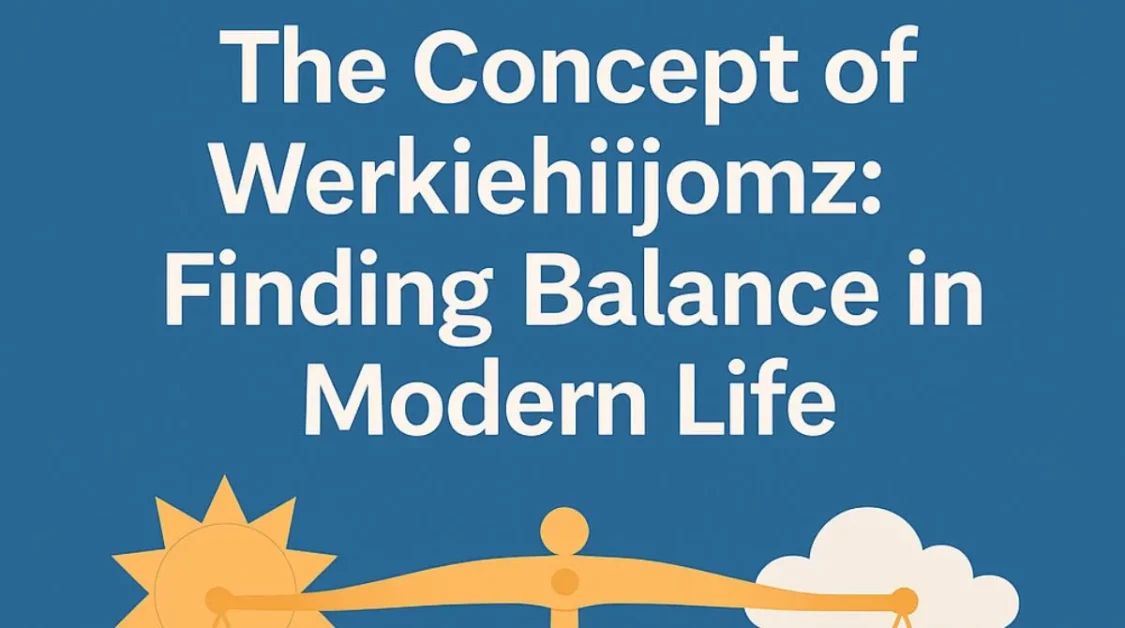What is Zulu Time?
Zulu Time is another term for Coordinated Universal Time (UTC), the primary time standard by which the world regulates clocks and time. It’s often represented by the letter ‘Z’ and is used to avoid confusion caused by different time zones and daylight saving adjustments. The term “Zulu” comes from the NATO phonetic alphabet, where ‘Z’ is pronounced as “Zulu.”
Origins of Zulu Time
The concept of a universal time standard dates back to the establishment of Greenwich Mean Time (GMT) at the Prime Meridian (0° longitude) in Greenwich, England. This meridian was chosen as the global standard for timekeeping. As global communication and travel expanded, the need for a standardized time reference became evident, leading to the adoption of UTC, which Zulu Time represents.
Why Do We Use Zulu Time?
Zulu Time is used because it helps people all over the world stay on the same page—especially when timing really matters. Imagine trying to organize a live video call, a flight, or a military mission between people in different countries. Everyone would be dealing with different local times, and that could easily lead to confusion or mistakes. That’s where Zulu Time comes in.
-
One Standard for Everyone
Zulu Time gives the whole world a single time to go by. No matter where you are—New York, London, or Tokyo—Zulu Time doesn’t change. Everyone can look at the same clock and know exactly what time it is for global coordination.
-
Avoids Time Zone Confusion
The Earth is divided into time zones, and each zone has its own local time. Some countries even change their clocks twice a year for daylight saving. That can make scheduling difficult. Zulu Time stays the same all year, with no adjustments. That means fewer mistakes when timing is critical.
-
Used in Critical Fields
In aviation, military, maritime, and global business, Zulu Time is a must. Pilots plan flights using Zulu Time so that controllers in different countries all know the same departure and arrival times. Military forces use it to time operations with absolute precision, avoiding mix-ups that could affect safety or success.
-
Makes Digital Systems Work Better
Modern technology like GPS, online transactions, and global communications need one exact time reference. Computers and networks often run on Zulu Time because it’s accurate and never changes. This helps avoid issues in data logging, system errors, or file syncing.
-
Encourages Better Global Communication
When people from different countries or continents work together, using a neutral time like Zulu helps everyone feel included. Nobody has to convert from someone else’s local time—they just check what Zulu Time it is and adjust for their own zone.
In short, we use Zulu Time because it’s simple, reliable, and works for everyone, everywhere. It’s not just a time—it’s a tool that keeps the world running in sync.
Zulu Time in Aviation
Pilots and air traffic controllers rely heavily on Zulu Time. Flight plans, weather reports, and schedules are all based on this universal time standard. For instance, a pilot departing from New York and landing in Tokyo will use Zulu Time to coordinate with various air traffic control centers along the route, ensuring seamless communication and safety.
Zulu Time in the Military
Military operations often involve coordination across different time zones. By using Zulu Time, military personnel can synchronize operations, exercises, and communications without the risk of time-related errors. This standardization is crucial for mission success and operational efficiency.
How to Read Zulu Time?
Zulu Time is expressed in a 24-hour format, followed by the letter ‘Z.’ For example, 14:30Z represents 2:30 PM UTC. To convert local time to Zulu Time, one must account for the local time zone offset. For instance, if you’re in New York (Eastern Standard Time, UTC-5), you add five hours to your local time to get Zulu Time.
How Zulu Time is Calculated and Maintained?
- Zulu Time, also known as Coordinated Universal Time (UTC), is not based on traditional clocks or the rotation of the Earth alone. Instead, it’s measured using highly accurate atomic clocks that provide consistency beyond what nature alone can offer. These atomic clocks are operated by international timekeeping institutions around the world and are synchronized to ensure they all show the same time.
- Unlike older systems like Greenwich Mean Time (GMT), which depended on the Earth’s rotation (which can slightly vary), Zulu Time uses a system of “leap seconds” to stay in sync. A leap second is added or subtracted occasionally to adjust for the Earth’s irregular speed of rotation. This way, Zulu Time remains incredibly accurate and reliable for scientific, military, and aviation use.
- The International Bureau of Weights and Measures (BIPM) is the organization responsible for calculating the official UTC time. They collect data from atomic clocks in over 70 laboratories worldwide and combine it to create International Atomic Time (TAI), which is then adjusted with leap seconds to become UTC—what we call Zulu Time.
- This accuracy ensures that every part of the world can use a unified reference for time, which is especially critical for flight planning, military operations, GPS technology, financial transactions, and scientific research. It’s not just about telling the time—it’s about doing it in a way that’s globally trusted and perfectly synchronized.
Converting Local Time to Zulu Time
To convert your local time to Zulu Time:
- Determine your local time zone’s offset from UTC. For example, Eastern Standard Time (EST) is UTC-5, while Eastern Daylight Time (EDT) is UTC-4.
- Adjust for Daylight Saving Time if applicable. Note that not all regions observe Daylight Saving Time.
- Add (if your time zone is behind UTC) or subtract (if ahead of UTC) the offset from your local time to obtain Zulu Time.
For example, if it’s 10:00 AM EDT (UTC-4), adding four hours gives you 2:00 PM Zulu Time (14:00Z).
Zulu Time vs. GMT
While both Zulu Time (UTC) and Greenwich Mean Time (GMT) refer to the same time standard (UTC+0), there are subtle differences. GMT is based on Earth’s rotation and was historically used as the international civil time standard. In contrast, UTC is based on atomic time and is more precise. Today, UTC has largely replaced GMT in most official and scientific contexts.
Zulu Time in Other Fields
Beyond aviation and the military, Zulu Time is utilized in various sectors:
- Maritime: Ships use Zulu Time for navigation and communication to ensure consistency across international waters.
- Meteorology: Weather forecasts and data are often timestamped in Zulu Time to provide a standard reference for global users.
- Computing: Timestamps in logs and transactions are frequently recorded in Zulu Time to avoid discrepancies caused by time zone differences.
Benefits of Zulu Time
Zulu Time brings a lot of value, especially in today’s global world where people and systems need to work together across different time zones. Here are the main reasons why Zulu Time is so useful:
-
Global Consistency
Zulu Time gives everyone a single, fixed time reference, no matter where they are in the world. Whether you’re in London, New York, or Tokyo, Zulu Time stays the same. This helps avoid confusion that often happens when local times differ because of time zones or daylight saving changes.
-
Better Communication
When teams in different countries or regions work together—especially in fields like aviation, military, or international business—having one standard time means they don’t have to worry about calculating time differences. It’s clear and simple: everyone uses Zulu Time, and no one gets mixed up.
-
Improved Safety and Accuracy
In industries like aviation or emergency response, even a small mistake in time can lead to serious problems. Zulu Time helps reduce those risks by making sure everyone is using the exact same clock. For example, pilots and air traffic controllers around the world all use Zulu Time when talking about flight schedules or emergencies.
-
Smooth International Operations
Big companies, global banks, and shipping industries rely on Zulu Time for timing transactions, logging data, and coordinating events. Since it’s always the same everywhere, it’s perfect for keeping records, planning meetings, and syncing technology.
-
No Confusion with Daylight Saving Time
Some countries change their clocks twice a year, but many don’t. Zulu Time doesn’t follow daylight saving time—it stays the same all year. This means there’s no need to constantly adjust schedules or make conversions.
-
Standard for Technology and Data Systems
Many computer systems and digital tools use Zulu Time to record events like email timestamps, security logs, and website activity. It helps developers and IT teams keep things running smoothly without worrying about where users are located.
In short, Zulu Time makes it easier to work together across countries, keeps things safe and accurate, and helps avoid the time zone headaches that we all know too well. It’s a small idea with a big impact on how the world runs every second of the day.
Limitations and Challenges of Using Zulu Time
While Zulu Time is incredibly helpful in global coordination, it’s not without its own set of challenges—especially for people or organizations not used to working with it daily. Here are some of the common difficulties that come with using Zulu Time:
-
Requires Constant Conversion
One of the biggest challenges is that most people still live and work according to their local time zones. When you use Zulu Time, you always have to convert it to your local time to understand what time an event will happen in your region. This can be tricky for those not familiar with time zone differences, especially when daylight saving time is involved.
-
Not Always User-Friendly
Zulu Time is shown in a 24-hour clock format and ends with a “Z” (like 17:30Z), which can be confusing for people who are used to the 12-hour format with AM and PM. For example, someone unfamiliar with it might not immediately know that 17:30Z means 5:30 PM in UTC time.
-
Can Be Confusing During Daylight Saving Time
Because Zulu Time doesn’t change for daylight saving, people living in areas that do shift their clocks might get confused during those periods. For instance, a meeting set at 14:00Z might be at 9 AM one day and 10 AM a few months later, depending on your local DST status.
-
Cultural and Regional Habits
In some places, people are simply not used to thinking globally when it comes to time. They rely on their local clock, and switching to Zulu Time might feel unnecessary or overly complicated, especially for businesses or individuals who don’t often deal with international schedules.
-
Miscommunication and Errors
If someone doesn’t convert Zulu Time correctly—or forgets to account for time zone differences—it can lead to missed meetings, late responses, or incorrect scheduling. These small mistakes can cause big issues, particularly in time-sensitive fields like aviation or military operations.
-
Limited Use in Everyday Life
Zulu Time is excellent for international work, but it’s not commonly used in daily life for most people. That means there’s a learning curve. Teams need training and practice to become comfortable with it, especially if they need to refer to Zulu Time frequently.
So, while Zulu Time is a powerful tool for global communication and coordination, it does require users to be extra careful, knowledgeable, and adaptable. Understanding these challenges is key to using Zulu Time effectively without running into confusion or errors.
Why Zulu Time is Essential in Weather Forecasting and Global Coordination?

Zulu Time plays a critical role in weather forecasting, just like it does in aviation, military, and other industries. Weather data and forecasting are inherently time-sensitive, and using a universal time reference like Zulu Time helps ensure that information is accurate, consistent, and globally synchronized. Here’s why it’s so important:
-
Consistency Across Time Zones
Weather systems don’t follow time zones—storms, weather patterns, and other atmospheric events move across borders and affect many regions simultaneously. Meteorologists need a standardized time to report, track, and compare weather conditions without worrying about local time differences. Zulu Time provides that consistency, ensuring that weather data is recorded and interpreted accurately.
-
Coordinating Global Weather Data
Weather agencies around the world (like the National Weather Service in the U.S. and the UK Met Office) rely on Zulu Time to synchronize and share data. When satellites, weather stations, and radar systems collect data, they all use Zulu Time to timestamp their readings. This allows meteorologists from different countries to compare weather events and make predictions on a global scale.
-
International Collaboration
Since weather systems can affect multiple countries at once, international cooperation is necessary. Using Zulu Time eliminates the confusion that would come from trying to work with different local times across borders. This collaboration between countries can be crucial in times of natural disasters like hurricanes, tornadoes, or typhoons, ensuring a unified response.
-
Precision in Forecasting
In weather forecasting, timing is everything. When predicting future weather patterns or tracking a storm’s path, meteorologists need precise time measurements. Zulu Time allows them to keep track of data in a uniform way, ensuring forecasts are as accurate and up-to-date as possible.
-
Coordinating Emergency Responses
In cases of severe weather events or disasters, Zulu Time is essential for coordinating emergency response teams across different regions. First responders, aid organizations, and government agencies can plan evacuations, distribute resources, and provide timely warnings without worrying about local time variations. This makes the entire emergency response process much more efficient and effective.
So, Zulu Time is vital in weather forecasting and other global operations because it simplifies and streamlines the way we collect, share, and interpret critical data. It ensures that the world stays in sync, especially when timing can make all the difference.
Conclusion
Zulu Time plays an essential role in global timekeeping, especially in fields requiring precise coordination across different regions. By offering a standardized time reference, it ensures that operations run smoothly and efficiently, highlighting the importance of universal time standards in our interconnected world.



